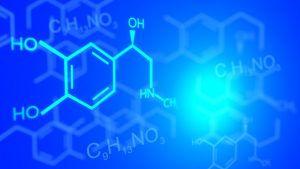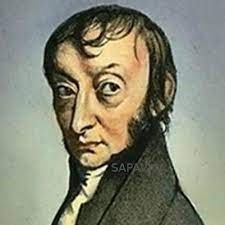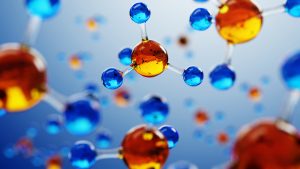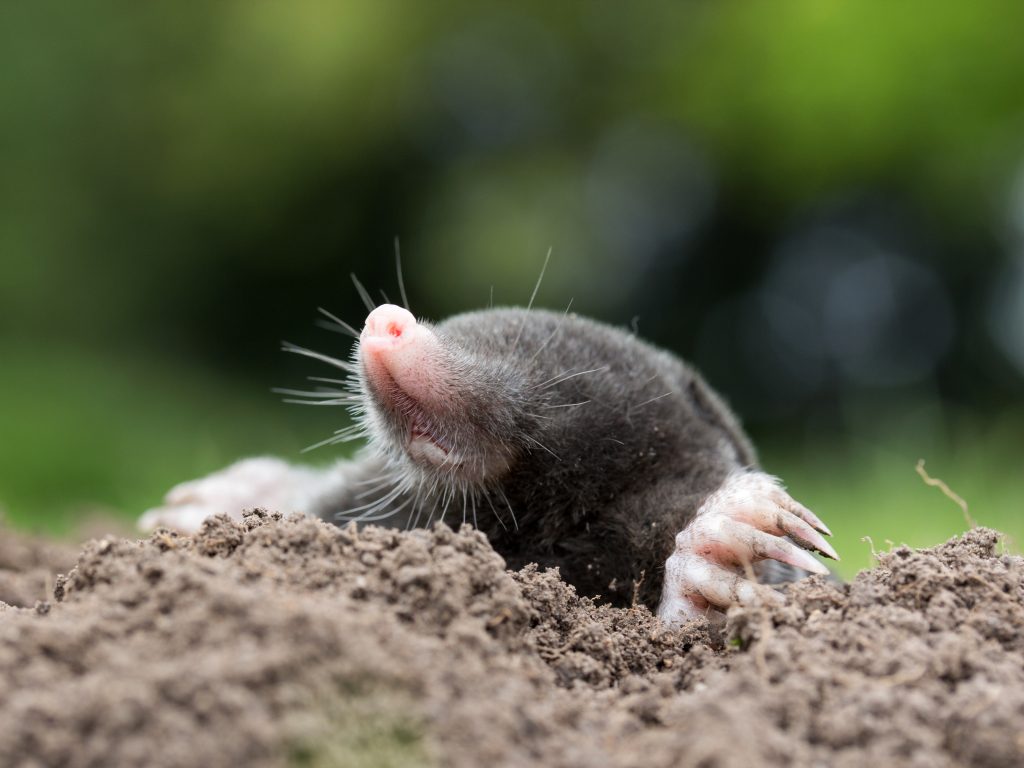No, not that type of mole!
This post is most suited to those of you studying GCSE Chemistry and confused about the topic of moles, which is within the area of Chemistry known as quantitative chemistry.
As a private tutor, I have become more familiar with the trickier topics within science and maths and occasionally have to brush up on the easier topics which is a little topsy-turvy, but this is because I help students with the topics they need help with and as such I get a lot of practice teaching the harder topics and the easier topics get neglected a little.
One of these topics which I have become extremely familiar with is moles. It has caused so many students so much difficulty that I have now taught it countless times, and so not only do I understand it very well myself, but I also have started to notice some of the reasons why it is so confusing.

LEARNING SCIENCE – IS THERE A SCIENCE TO IT?
Balanced equations
Let us start with a simple balanced formula equation for aluminium reacting with oxygen to form aluminium. If you want a real challenge cover the equation below and see if you can write it out and balance it, otherwise take a peek.
4 Al + 3 O2 → 2 Al2O3
Firstly, it is worth mentioning that the following sentence is not true:
“4 atoms of aluminium reacts with 3 molecules of oxygen to form 2 molecules of aluminium oxide.”
Why not? Seems right, doesn’t it? Iron chloride is an ionic compound and ionic compounds form ionic lattices, not molecules.
However, we can rewrite the sentence in terms of moles:
“4 moles of aluminium reacts with 3 moles of oxygen to form 2 moles of aluminium oxide.”
This is fine. However, we are getting ahead of ourselves now. I haven’t answered the question at the top of this blog yet! What even is a mole??
Enter Avogadro
Lorenzo Romano Amedeo Carlo Avagadro (yes, that is one person’s name!) came up with a crazy idea that you could weigh a bunch of stuff and calculate how many atoms or molecules were in that bunch of stuff.
After doing a bit of science… he, and some accomplices, came up with a very special number which became known as Avagadro’s Number. This number is 6.02×1023 or 602,252,000,000,000,000,000,000. Essentially, a mole of something contains this many atoms/molecules.
This is worth repeating.
Carbon – A mole of carbon is 6.02×1023 carbon atoms.
Iron – A mole of iron is 6.02×1023 iron atoms.
Water – A mole of water is 6.02×1023 water molecules.
Hydrogen – A mole of hydrogen is 6.02×1023 hydrogen molecules.
The last one catches people out a lot. People often reason that because hydrogen is an element you treat like the first two examples and count atoms rather than molecules. Water is a covalent compound and so of course you count molecules, but hydrogen also exists as molecules, not atoms. This is the same for most non-metal elements excluding noble gases. So, when you’re considering what a mole of X is, you need to consider how X exists before assuming it is a mole of X is 6.02×1023 atoms of X.

SCIENTIFIC LANGUAGE AND TERMINOLOGY
Why this number though??
Basically, the number Avagadro came up with is very important because a mole of carbon weighs 12g and strangely enough 12 is also carbon’s atomic mass on the periodic table. This is no coincidence. This is the same for any element. The mass of one mole, known as the molar mass can be easily found by simply looking up the mass number of that element. To check you understand this concept, have a go at these 3 questions and cover up the answers after the questions:
-
- What is the molar mass of potassium?
- What’s the molar mass of aluminium?
- What is the molar mass of oxygen?
You should have got 39g, 27g and… 32g! Remember what I said about molecules? Oxygen exists as molecules and so when I say a mole of oxygen I mean a mole of oxygen molecules.
The mass number of oxygen is 16, so a mole of oxygen atoms would be 16g, but because the formula for oxygen is O2 like most non-metal gases (other than noble gases) then a mole of oxygen molecules would be the equivalent to two moles of oxygen atoms.

7 WAYS TO GET THE BEST RESULTS FROM PRIVATE TUTORING
Calculating the number of moles
Let’s return back to that equation:
4 Al + 3 O2 → 2 Al2O3
“2 moles of iron reacts with 3 moles of chlorine to form 2 moles of iron chloride.”
The molar mass of aluminium is 27g, so if we weighed out 27g, we would have 1 mole, right? And if had 54g, that would therefore be 2 moles, right? So, we can say following
number of moles = mass ÷ molar mass
This can be used to construct a formula triangle as below:
In a future blog, I plan on writing a guide showing how to complete mole calculations such as the one below:
“Calculate the mass of aluminium oxide formed when 135g of aluminium reacts with oxygen.”
For now, I shall tell you that the answer is 255g. Catch the next blog to find out why.
A bit about the author, Paul H:
 Paul is a qualified and experienced Physics, Maths, and Science teacher, now working as a full-time tutor, providing online tuition using a variety of hi-tech resources to provide engaging and interesting lessons. He covers Physics, Chemistry, Biology, and Science from Prep and Key Stage 3 through to GCSE and IGCSE, plus teaches Physics, Maths, and Chemistry to A-Level across all the major Exam Boards.
Paul is a qualified and experienced Physics, Maths, and Science teacher, now working as a full-time tutor, providing online tuition using a variety of hi-tech resources to provide engaging and interesting lessons. He covers Physics, Chemistry, Biology, and Science from Prep and Key Stage 3 through to GCSE and IGCSE, plus teaches Physics, Maths, and Chemistry to A-Level across all the major Exam Boards.


